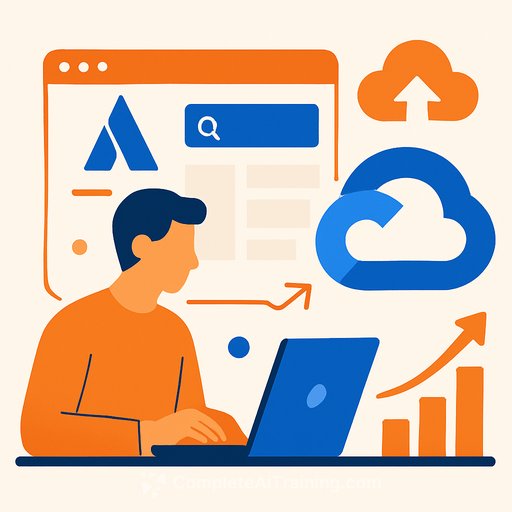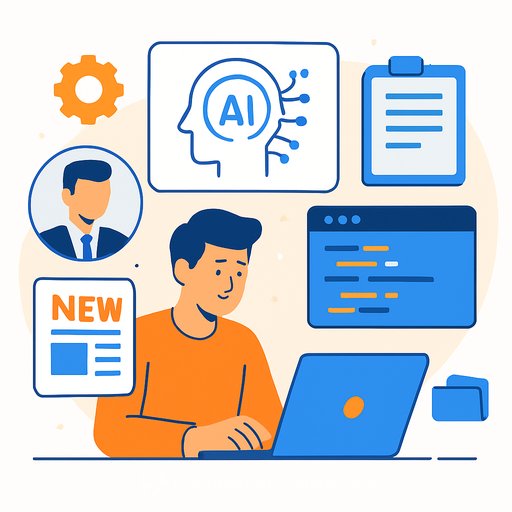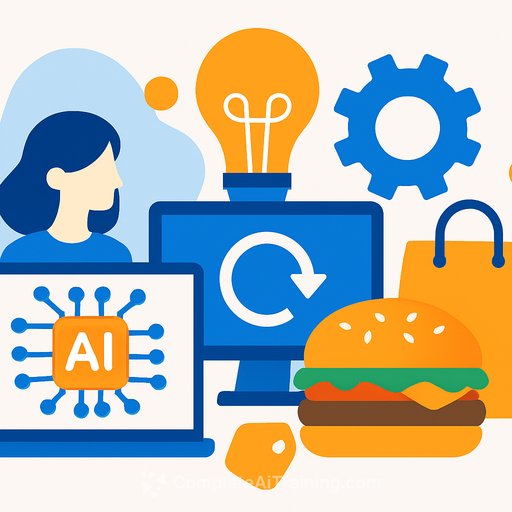Will Atlassian's Bold AI Bets Redefine Its Edge in Enterprise Productivity?
In September 2025, Atlassian announced a US$610 million acquisition of The Browser Company and a US$1 billion investment in DX to push deeper into cloud innovation and AI-powered work applications. The aim is clear: build an AI-enhanced browser for work and expand platform capabilities for enterprise teams. For product development leaders, this signals a shift toward browser-native workflows and AI-first collaboration inside the tools teams already use.
The Product Signal Behind These Moves
The big idea is to bring work into a browser environment where AI is ambient, context-aware, and secure. With the Google Cloud partnership supporting AI capabilities and cloud reliability, Atlassian is positioning itself to ship integrated AI experiences at enterprise scale. The near-term constraint isn't vision-it's execution on cloud migrations and adoption at large accounts.
What This Means for Product Development Teams
- Expect browser-native experiences to become the default surface for planning, docs, and async collaboration.
- AI will live inside workflows, not as an add-on-think summarization, intent-based actions, and automated follow-through across Jira, Confluence, and beyond.
- Governance and reliability drive adoption in the enterprise, so security, data residency, and auditability will be central to rollout plans.
- Distribution may shift: platform extensibility inside a browser runtime could change how you ship plugins and in-product apps.
Execution Risk: The Migration Bottleneck
The most important near-term catalyst remains accelerating cloud migrations and AI adoption across complex enterprise environments. The acquisitions reinforce the product vision but don't remove the risk of delays when moving large customers. Integration quality, migration tooling, and time-to-value will matter more than the headline.
Signals to Watch (Next 12-24 Months)
- Cloud migration velocity at large enterprise accounts.
- AI usage per seat and feature-level adoption inside Jira and Confluence.
- Quality of the AI-enhanced browser experience (latency, reliability, security).
- Strength of the partner ecosystem and app compatibility in a browser-first model.
- Depth of AI enablement under the Google Cloud partnership.
How to Adjust Your Roadmap if You Build on Atlassian
- Design for a browser-first UX: reduce clicks, keep context visible, and favor inline AI actions over modal-heavy flows.
- Instrument AI value: track tasks completed, time saved, and reduced rework rather than vanity metrics.
- Prep your data layer: clean permissions, set clear boundaries, and document data lineage to support AI features safely.
- Ship "assistive then autonomous": start with suggestions, graduate to approvals, and only then full automation.
- Keep extensibility front and center: plan for app compatibility, API changes, and browser runtime constraints.
Enterprise Rollout Playbook
- Pilot with cross-functional squads (PM, Eng, Design, Ops) to validate AI-in-workflow use cases.
- Write success criteria up front: baseline cycle time, incident rate, and documentation quality to prove ROI.
- Create a permissions matrix for AI actions and data access before scaling.
- Provide opt-in controls and change management content so teams adopt features with confidence.
Pricing and Packaging Implications
Expect experimentation around usage-based AI features alongside seat-based pricing. Product leaders should model cost-to-serve for AI features, set guardrails for high-cost operations, and communicate clear value ladders between tiers. Clear metering builds trust with procurement and reduces friction in expansion.
Investor Snapshot (From the Provided Projections)
- Outlook points to US$8.7 billion in revenue and US$310.2 million in earnings by 2028.
- Implied revenue growth: 18.7% annually, with a US$566.9 million earnings swing from the current -US$256.7 million.
- One fair value estimate cited: US$256.66, a 71% upside from the current price in that analysis.
- Community fair value estimates range from US$204.74 to US$279.91, reflecting uncertainty around enterprise migration progress.
Bottom Line for Product Leaders
The bet is on a browser-native, AI-embedded work platform that reduces friction and compounds value across Jira, Confluence, and the wider ecosystem. The upside for teams is faster planning, tighter execution, and less administrative drag. The constraint is execution at enterprise scale-watch migration velocity, AI adoption, and partner depth.
Resources
- Google Cloud for AI and enterprise-scale infrastructure context.
- Complete AI Training: Courses by Job to upskill product teams on practical AI workflows and implementation.
Your membership also unlocks:






